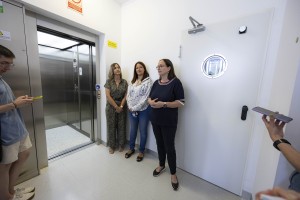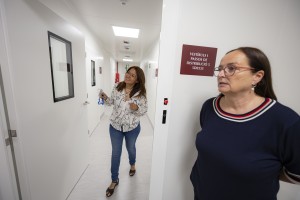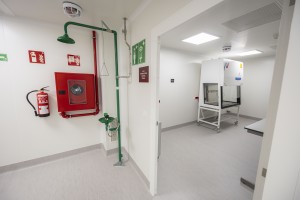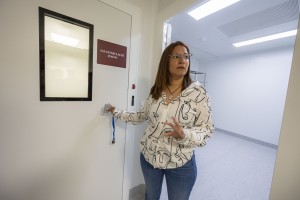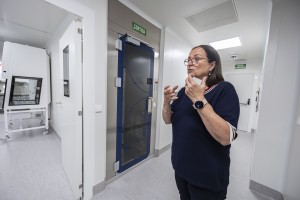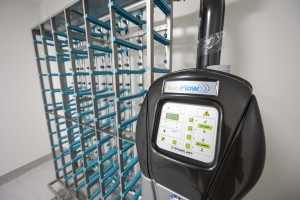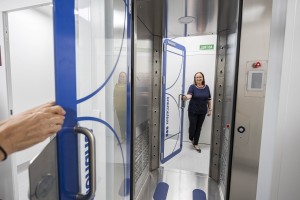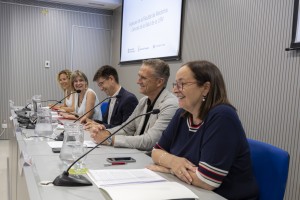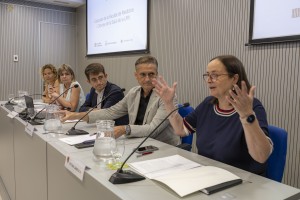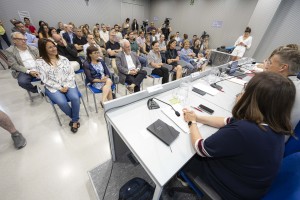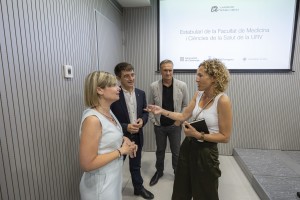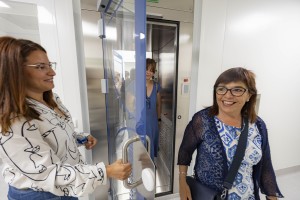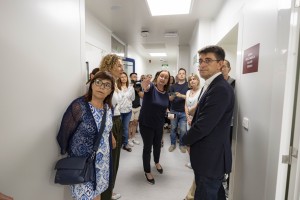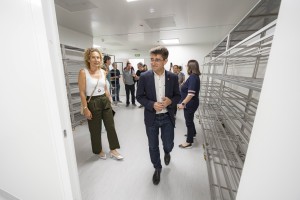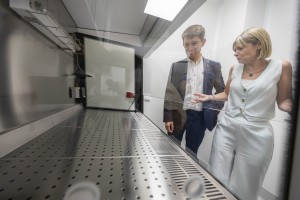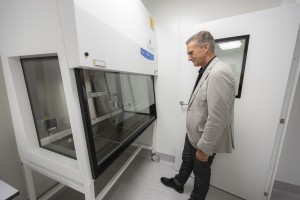19/07/2024
The URV has opened a reference facility for biomedical and biotechnological research
This unique infrastructure in Catalonia will enable the stages of experimental and clinical research to be optimised before finally being applied to people.
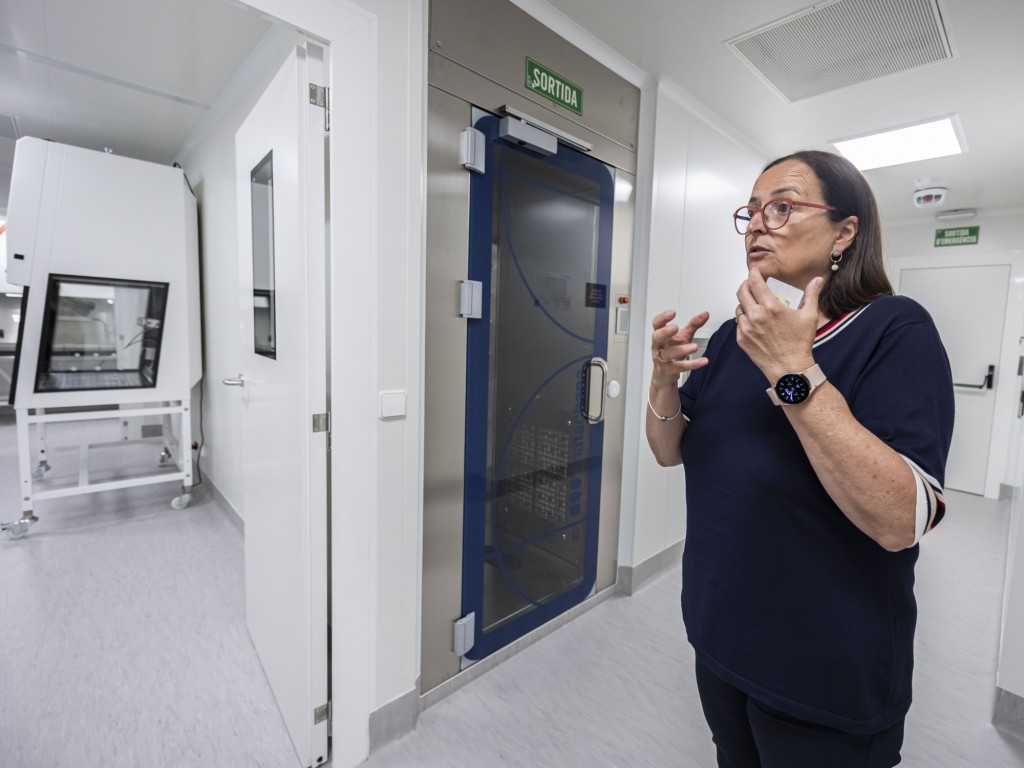
This unique infrastructure in Catalonia will enable the stages of experimental and clinical research to be optimised before finally being applied to people.
The animal room at the URV’s Faculty of Medicine and Health Sciences is a new, unique and centralised service in the region for basic and clinical research in the fields of medicine, nutrition, biochemistry and biotechnology. Located in the URV-Bellissens Science Park, it will be available to researchers from the University’s research groups, associated research centres and hospitals, and companies, who will use it to further their study of therapies applicable to the fields of neurology, psychology, oncology, metabolic diseases, immunology and toxicology, among others.
On July 17, these exceptional facilities were inaugurated in Catalonia, thus improving and expanding the service available to the Faculty of Medicine and Health Sciences.
The new 452.3 m2 facility, which will start operating in the autumn, has been jointly financed by the Department of Research and Universities of the Catalan Government, the Provincial Council of Tarragona, the City Council of Reus and the URV itself. Together they have contributed 1.79 million euros to implement this project to improve the biomedical research power of the University and the ecosystem of southern Catalonia.
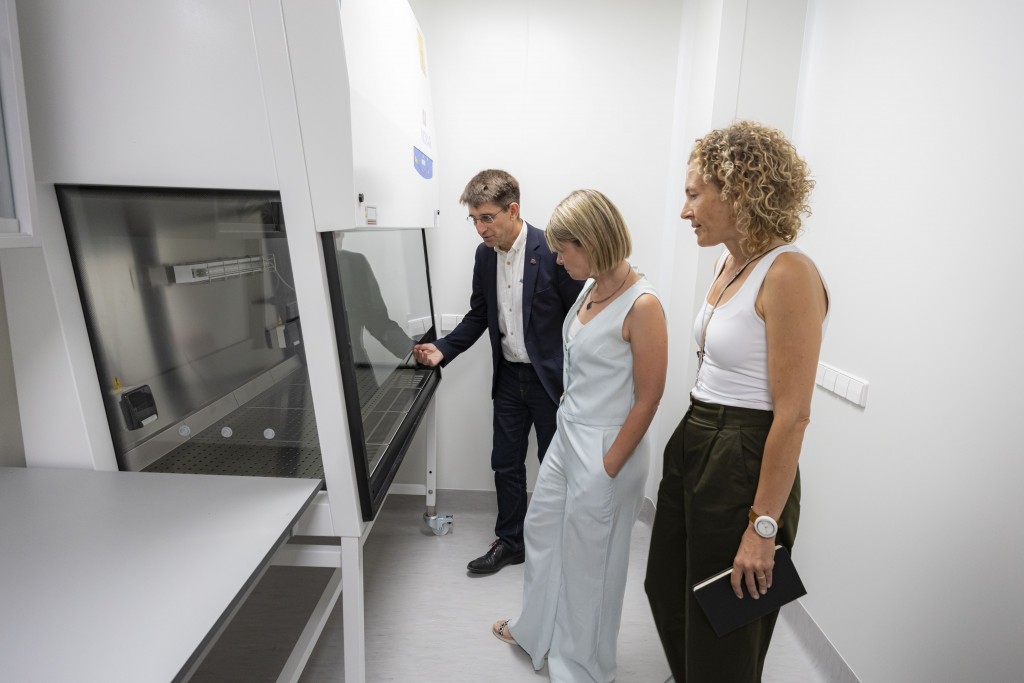
The impact on people’s health
Experimental studies are an indispensable preliminary step if research results are then to be applied to humans to improve their health. And this new facility has two features that makes it unique in Catalonia and means that the research stages before findings are applied to humans can be shortened.
On the one hand, the facility has a specific pathogen-free area with self-ventilated microisolators in which immunosuppressed mice can be housed. To guarantee that pathogenic agents will not enter, there are various types of barriers: the absolute filtration of the air entering and exiting, the sterilisation of all materials and objects brought in and the control of personnel who access the area, who must be quarantined for 48 hours.
This animal-room model will make it possible to study the immunology and pharmacology of such diseases as diabetes, arteriosclerosis and various cancers.

On the other hand, transgenic strains of mice will be created for the study of the function of specific genes, the formation of tumours, embryonic development and the regulation of brain function, among other things. Gene therapies or specific cell-directed therapies will also be tested.
Studies will be made of the metabolic effects of various surgical techniques, and tests will be run on new molecules with therapeutic potential and the effectiveness and toxicity of new treatments for diseases related to metabolic dysfunction and nutrition.
The fact that the animal room of the Faculty of Medicine and Health Sciences is free of specific pathogens guarantees a higher level of safety than a conventional animal room. The whole area has space to house animals, space for experimentation and a laboratory for micromanipulation, cryopreservation and in-vitro fertilisation so that new lines of transgenic animals can be created. There is also a space for a standard animal room with five rooms and an experimental area with two operating theatres.
Talent attraction
Other expected benefits are greater collaboration with health and food research institutes, such as the IISPV and the IRTA, more highly qualified jobs, and the generation of patents and contracts with chemistry, pharmacy, veterinary, medicine and psychology companies and laboratories, among others.
This project is co-funded with a grant of 685,035 euros from the Department of Research and Universities of the Catalan Government, as part of the project Singulars, a grant of 300,000 euros from the Provincial Council of Tarragona, a grant of 100,000 euros from the Reus City Council and the rest from the URV itself.
